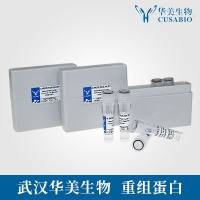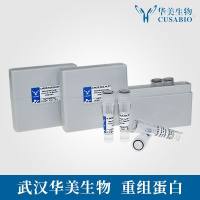Analysis of Lipoplex Structure and Lipid Phase Changes
互联网
互联网
相关产品推荐

SKP2/SKP2蛋白Recombinant Human S-phase kinase-associated protein 2 (SKP2)重组蛋白Cyclin-A/CDK2-associated protein p45F-box protein Skp2F-box/LRR-repeat protein 1p45skp2蛋白
¥1344

Cell Cycle Analysis Kit (with RNase)(BA00205)-50T/100T
¥300

PLPPR2/PLPPR2蛋白Recombinant Human Phospholipid phosphatase-related protein type 2 (PLPPR2)重组蛋白Lipid phosphate phosphatase-related protein type 2 Plasticity-related gene 4 protein蛋白
¥1836

Recombinant-Mouse-Growth-hormone-inducible-transmembrane-proteinGhitmGrowth hormone-inducible transmembrane protein Alternative name(s): Mitochondrial morphology and cristae structure 1; MICS1
¥11452

Recombinant-Saccharomyces-cerevisiae-Stationary-phase-expressed-protein-1SPG1Stationary phase-expressed protein 1
¥9632
相关问答

